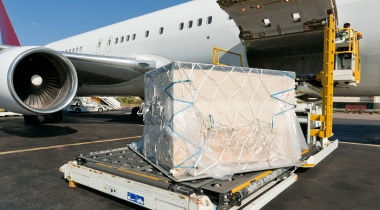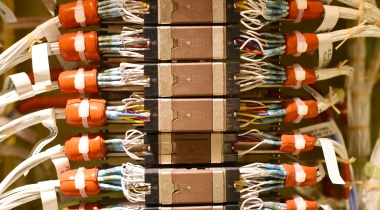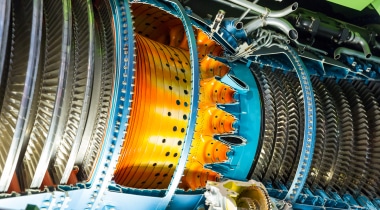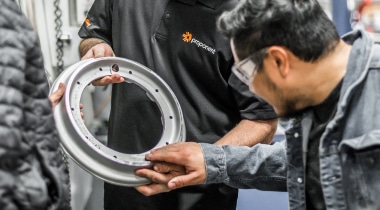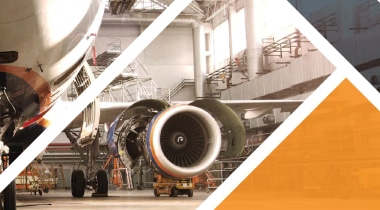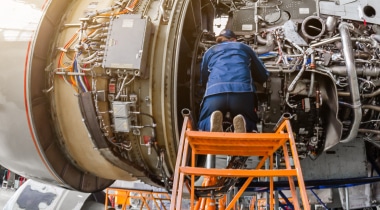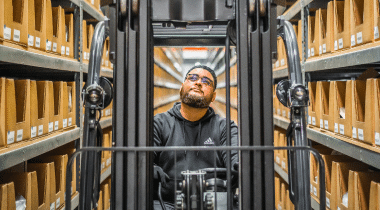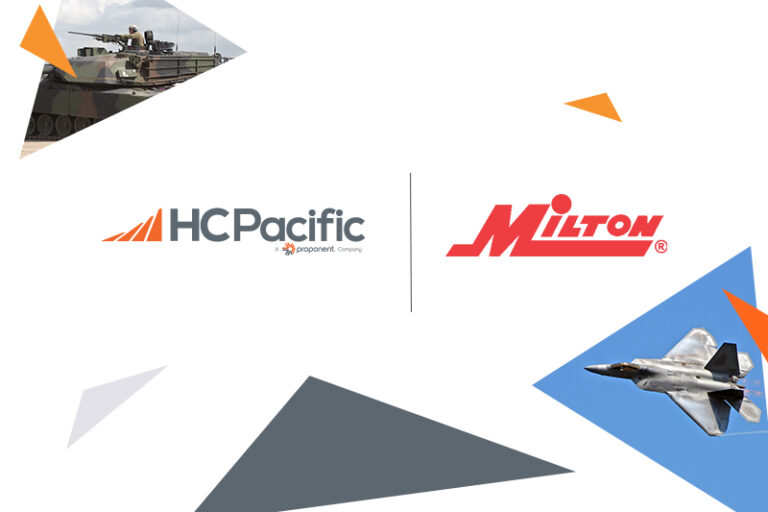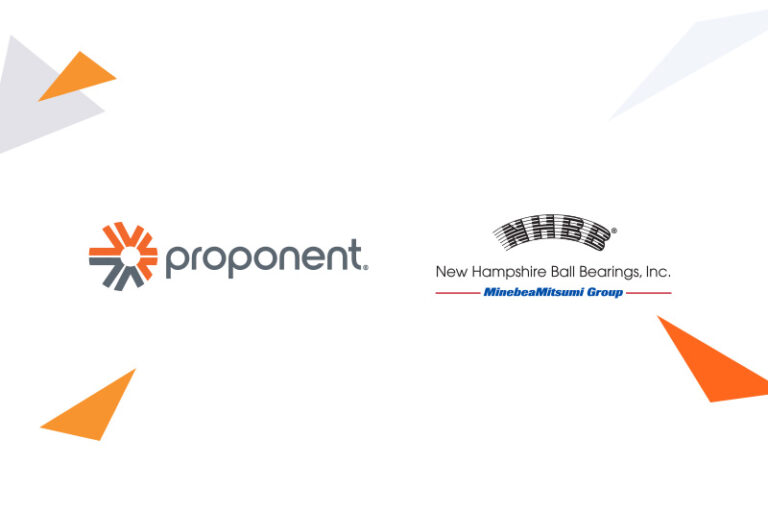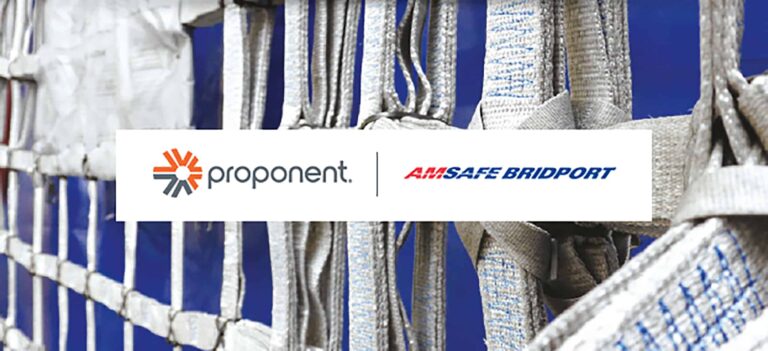What is Predictive Analytics?
Predictive analytics is a step before prescriptive analytics. Predictive analytics uses both current and prior data to model future outcomes and catch problems before they actually occur. In order to perform predictive analytics you have to have existing data or knowledge that can be analyzed. You also need to have a question in mind that you are predicting through the process.
How is Predictive Analytics Used in The Aviation Industry?
With predictive analytics, sensory equipment gathers information from each aircraft’s systems and sends that information to a cloud. That data is then analyzed and used to determine everything from fleet maintenance schedules to marketing strategies.
This is key in the aircraft industry, and predictive analytics has gotten better and better as planes have become more technologically connected. Airline companies use predictive analysis to change marketing strategies based on consumer forecasting, as well as using it to keep their technology in top condition, reducing the need for additional maintenance and detailed borescope inspections.
Because the assumption of safety is vital to consumers, being able to find the early signs of equipment failure is crucial. Not only is it safer, but it also prevents extra work. That’s because the failure of one component can often cause problems with connected parts that were otherwise working well.
Predictive analytics are also key in allowing maintenance to keep every component up-to-date without worrying about sudden malfunctions or breakdowns. This prevents delays and keeps maintenance processes running smoothly and able to deal with minor issues as they arise.
Who can benefit from predictive analytics?
Predictive analytics is most beneficial to people who are looking to answer complex questions. Outside of the aviation industry, this can mean answering questions such as, “What will sales next quarter be?” or “Will net revenue be higher or lower in the next quarter?” Predictive analytics allows a person to use existing data to make an assumption, or prediction, about what will happen in the future.
What is Machine Learning?
Machine learning is what most people envision when they think of Artificial Intelligence. Not only do the computers spit out information and identify trends in the data, but the computer comes to a conclusion about the data and then trains itself on how to respond to that data next time. This involves using algorithms when sifting through data to identify larger statistical trends. Once those trends have been identified, the computer essentially makes decisions about what future algorithms and models should look like and trains them accordingly.
Machine learning in predictive analytics takes it one step further than predictive analytics.
This is key in the airline industry where computers must deal with massive amounts of data pouring in. Sifting through such large quantities of information allows AI to determine large-scale trends that may affect something as big as an entire fleet. Determining these trends then allows machine learning to set up replicable processes in place, ensuring that predictive maintenance can happen whenever necessary.
Who can benefit from machine learning?
One of the biggest differentiating factors between machine learning and predictive analytics is that machine learning does not have to answer a question. It can help answer questions, but that is not the main goal. Machine learning can be used by people who are hoping to simplify processes, speed up data screening, or simply have fun creating something.
When to Use Predictive Analytics vs Machine Learning
Both machine learning and predictive analytics have their place, and both can offer great benefits to a company. The best way to answer the question of when to use predictive analytics vs machine learning can be a complex decision. One way to think about it is to remember that machine learning is a tool and predictive analytics is a process. If you are looking to analyze things and are just curious about the data your company is collecting, machine learning can be helpful. If you have a question in mind and are hoping to get answers to that question, it would be best to use predictive analytics. You also have to keep in mine that machine learning is often a large part of predictive analytics, so oftentimes you are using both simultaneously.
Is Predictive Analytics Part of Machine Learning?
The difference between these two technological terms lies in their roles. Predictive analytics is a big term that refers to a field in analytics technology. Machine learning is a key component within the field of predictive analytics. Technically, predictive analytics could exist without machine learning in aviation, but it would require significant work from humans to decipher all the data and draw conclusions that could apply to large-scale problems. These larger trends would often be found only by people looking at the big picture and would take longer to discover if they were discovered at all. Machine learning allows computers to quickly process massive amounts of data that humans simply cannot process, and then make decisions about how to respond to trends. This makes predictive analytics the game-changing technology that it is in the aircraft industry.
Frequently Asked Questions (FAQ)
Is predictive analytics part of machine learning?
Predictive analytics and machine learning go hand in hand. The major difference is that predictive analytics describes a larger and more complex process, while machine learning is used as more of a tool within the process. Each can be used on its own, but neither is as strong when they are not used simultaneously. Predictive analytics without machine learning is a much longer and more tedious process. Machine learning without predictive analytics doesn’t answer any questions, instead, it just serves as a way to make your data easier to understand.
What are the main benefits of using machine learning and predictive analytics?
The main benefits of using predictive analytics and machine learning have to do with efficiency and accuracy. Both processes allow you to have faster results, and be more sure of the conclusions that are drawn. You remove the possibility of bias of human error, but you have to remember that both processes still require human monitoring to ensure that they are being done correctly. You also need to ensure that your model is accurately analyzing your data and is providing conclusions that are correct and accurate.

